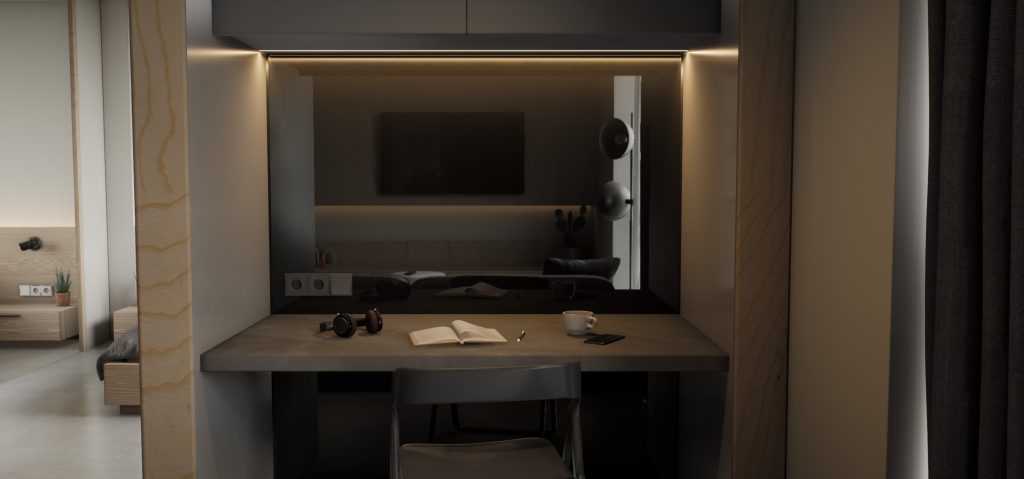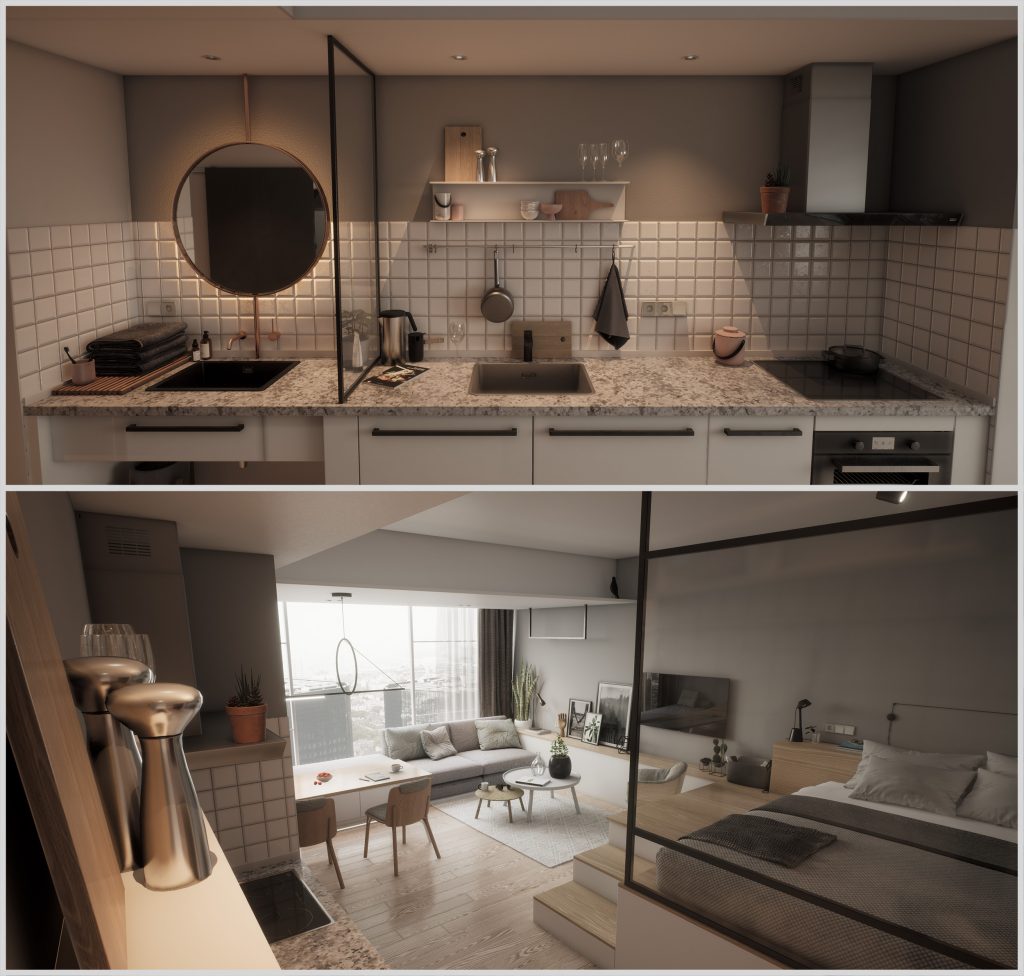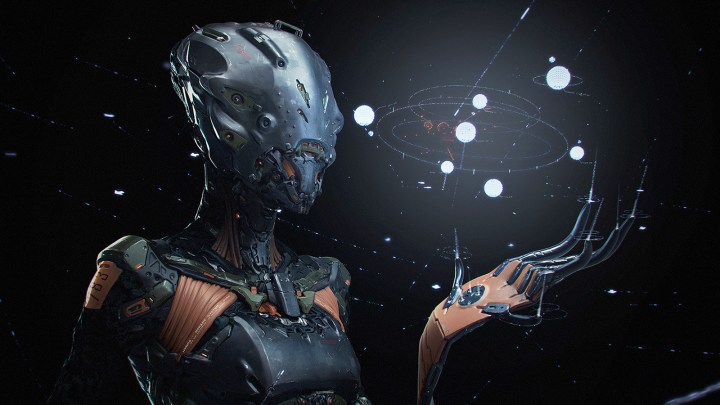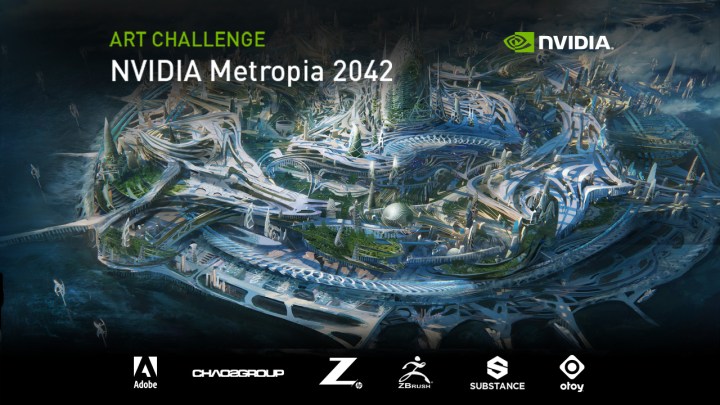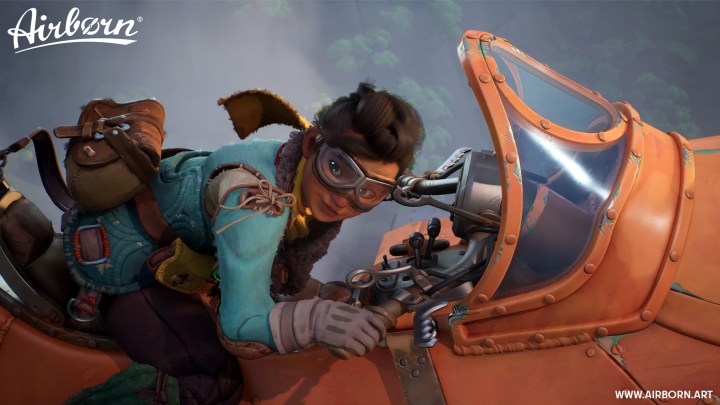Creating ArchViz in Unreal Engine with Wessel Huizenga

On ArtStation Learning, Wessel Huizenga discusses how game engines can be useful in creating architectural visualization projects. The course showcases his personal workflows and covers the use of Blender for creating 3d assets, setting up photorealistic lighting in Unreal Engine, and his use of procedural materials to quickly make changes within the scene.
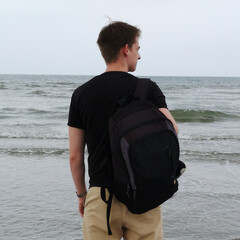 Wessel Huizenga is a self-taught real-time architectural visualization artist. Having obtained a degree in game art, he approaches creating arch viz scenes with the same optimization techniques he would use in a game engine. He currently works with architectural visualization firms to update their workflows to create real-time visualizations.
Wessel Huizenga is a self-taught real-time architectural visualization artist. Having obtained a degree in game art, he approaches creating arch viz scenes with the same optimization techniques he would use in a game engine. He currently works with architectural visualization firms to update their workflows to create real-time visualizations.
Behind the course:
Building the course was something totally new for me. It was a great challenge to discover a new kind of skillset. The first question I asked myself was: “How can I transfer my knowledge into the world?” It was a good time to sit down and reflect on my own work. After having a good brainstorm session I came to the conclusion to do a detailed breakdown of one of my recent scenes.
The course is designed for a wide range of audiences – from people with no experience to an expert in their field that wants to learn more about achieving photorealism in UE4. It is also accessible for people that come from a game-related background, and want to learn more about the general workflow for ArchViz. The workflow I use can be used in many different fields with some optimization adjustments if needed so it’s also for anyone who is just curious.
Most memorable learning experience:
Before I attended university, I did a course in game design/art. At the same time, I was also doing an internship at a local gaming company called 8D Games. During this internship, I was mentored by their amazing lead artist, Edwin ten Wolde. Edwin has taught me to develop my mindset, my art knowledge, my art theory, seeking what makes me happy and driven to become better. His philosophy on learning and becoming a better artist made me the artist I am today. I will be forever grateful that I have had such an amazing mentor that helped me divine my path in the industry.
Surrounding myself with the people that want to become or are great artists helped me develop my mindset and gave me the motivation to keep pushing myself. I learned who I’m and what I want to become. Having a clear path for the future keeps me motivated throughout my journey.
One piece of advice:
It took me a long time before I knew that I wanted to do something with arch viz. I started out wanting to become a game environment artist. I made a lot of ‘good’ mistakes while on that journey. Admitting my mistakes and then turning them into something that made me smarter and better helped me a lot on my journey. I find it important to not only focus on production skills but also the mindset behind it. Together, these can make you a great and unique artist within the Arch Viz community.
What I noticed is that I really needed to work really hard to get better at what I’m doing, I worked almost 24/7 on developing my skills when it came to production. When I started my university course, I found out that understanding the theory of what you’re doing is really important to establish quick and efficient growth to achieve better results.
Just know that you don’t need raw talent to be able to find work within this industry. Work hard. Ask for a lot of feedback from professionals on LinkedIn, Facebook, and Discord. Most importantly, don’t give up. It took me around 5 years to be in a position where I am now, and I still have a lot to learn.
Transferable skills from game environments to arch viz:
The most noticeable skill that converts well to architectural visualization is the way game artists look for cheats or clever solutions to achieve the best optimization possible. Knowing how a game engine works and how to optimize my assets for the particular engine of choice helps me achieve results that aren’t possible by simply transferring an arch viz scene to a game engine.
By treating my arch viz scene as an actual game environment, I can boost the quality of my lighting and bake without too high a cost regarding the frame rate or memory. This makes it perfect to create a photorealistic scene for Virtual reality to enhance the client experience.
ArtStation Learning courses are included in all ArtStation premium subscriptions. Find out more >
See more of Wessel’s work here.
